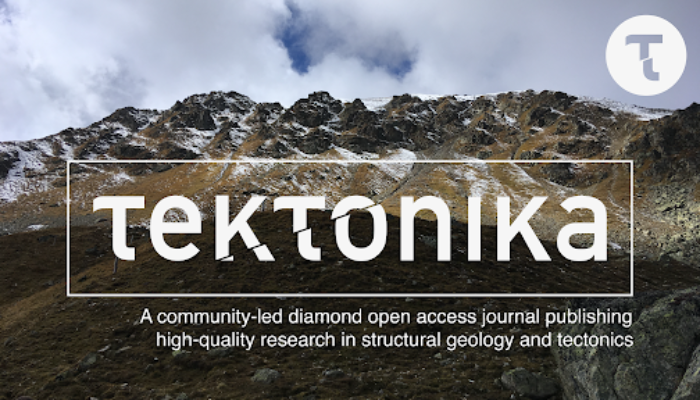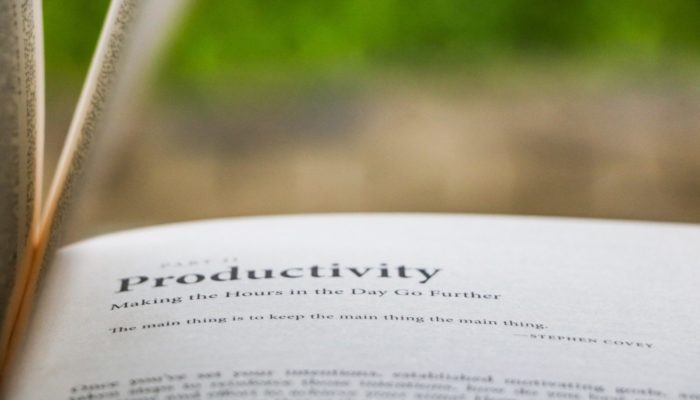The idea that the Pleistocene glaciation was caused by a late Cenozoic rise of mountain ranges had been developed since the mid 19th century. Although this original idea did not hold, new arguments for a relation between a late Cenozoic uplift of mountains and global cooling were presented from the 1970s onward. These arguments focused on how increased surface elevations would affect the albedo, t ...[Read More]
Extensional tectonics at oceanic transform faults: a new perspective on plate tectonics
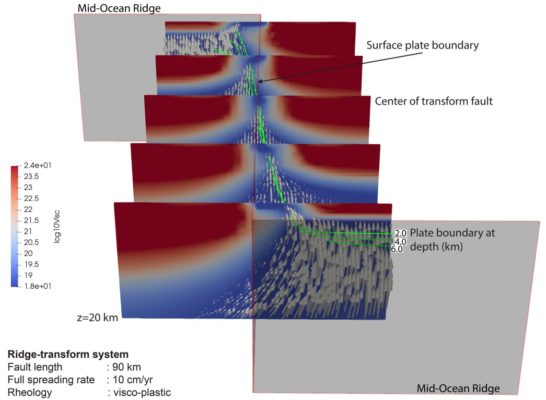
Yu Ren is a PhD candidate at GEOMAR Helmholtz Centre for Ocean Research Kiel, Germany. He uses three primary tools to study marine tectonics: geomorphology, seismology, and numerical modelling. His PhD project is on the structural and tectonic characterization of oceanic transform faults. Oceanic transform faults (OTFs), usually considered as first-order tectonic segmentation of mid-ocean r ...[Read More]
Geomythology. Japan’s Earthquakes – The work of Namazu?
Welcome to this first post on the EGU TS blog’s newest series on Geomythology. Plate tectonic theory has existed for just over half a century but the Earth beneath us has always been active. In this series we explore historical and mythological explanations to tectonic phenomena we now understand, such as earthquakes, volcanoes, mountains, and others. Japanese earthquakes Japan is one of the count ...[Read More]
Features from the Field: Sheath Folds
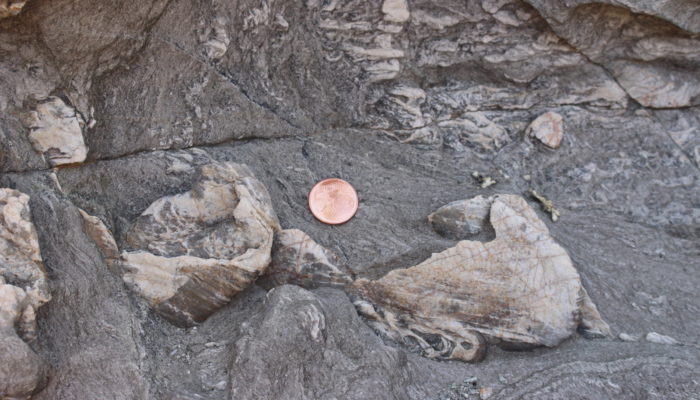
Shear zones are areas of intense deformation that localize the movement of one block of the crust with respect to another. In previous posts, we have seen that shear zones contain some very deformed rocks called mylonites, lineations that tell us the direction of movement, and useful kinematic indicators, such as S-C fabrics, that allow geologists to understand which way the rocks moved. However, ...[Read More]
GeoMod 2021 in Utrecht: connecting on-site and online
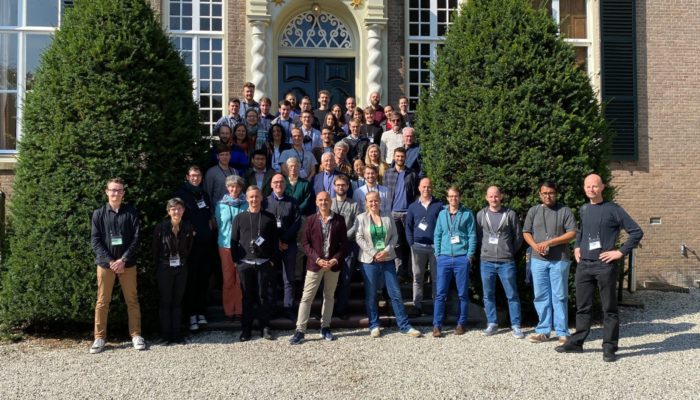
After a year and a half in which all of us have had to become accustomed to meeting our colleagues and collaborators only in digital space, it was finally time for an in-person conference again. From 19-23 of September 2021, the ninth edition of GeoMod took place in a conference center outside sunny Utrecht (the Netherlands). The organizing committee, led by Ernst Willingshofer, Ylona van Dinther, ...[Read More]
TS Must-Read – England and Molnar (1990) Surface uplift, uplift of rocks, and exhumation of rocks
With this paper, England and Molnar (1990) shed light on the recurrent confusion in the uses of terms ‘uplift’ and ‘exhumation’. The main focus is to clarify the difference between surface uplift, uplift of rocks, and exhumation by explaining the differences and the relations between these processes (Fig. 1). The manuscript also illustrates how other processes, such as changes in climate, can be m ...[Read More]
TS Must-Read – Dahlen (1990) Critical Taper Model Of Fold-and-thrust Belts And Accretionary Wedges
Dahlen 1990‘s paper presents a synthesis of all theoretical work on accretionary wedges that had begun more than a decade earlier, with the fold and thrust belts research of Elliott (1976), Chapple (1978), and model by Davis et al., (1983). Dahlen expanded previous views with a more sophisticated treatment of pore-fluid pressure using volume-averaged Stokes-equations for both solids and flui ...[Read More]
TS Must-Read – Lister and Davis (1989) The origin of metamorphic core complexes and detachment faults formed during Tertiary continental extension in the northern Colorado River region, USA
Lister and Davis (1989) is a seminal article for core complexes and detachment faults, cited well over a thousand times. The authors describe geometry and kinematics of core complexes, cropping out in the USA, which result from lithosphere extension. The paper carefully describes the main detachment fault separating lower plate from upper extending plate and discusses the role of granitoid intrusi ...[Read More]
Tektonika Diamond Open Access Journal
In a nutshell Tektonika is a community-led Diamond Open Access journal (DOAJ) for tectonics and structural geology launching in early 2022. The journal will publish high quality peer-reviewed research that is free for authors and readers, offering an alternative to long-standing publishing models that conceal knowledge dissemination behind paid subscriptions. Community involvement is at Tektonika’ ...[Read More]
Mind your Head: Five tips on mindful productivity at work
This Mind your Head blog post is a follow-up from Maria Scheel’s talk during the latest short course around mental health at #vEGU21. Before guiding a wonderful mindfulness pop-up event, Maria talked about how she struggled with unrealistic expectations, feeling insufficient and alone as a PhD student during the last lockdown. She turned this around by radically redefining her motivation, goals an ...[Read More]



